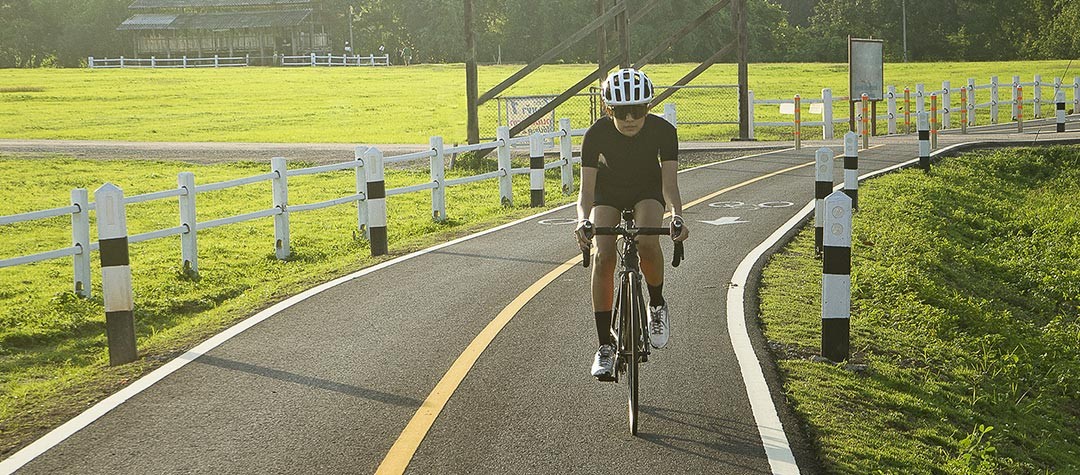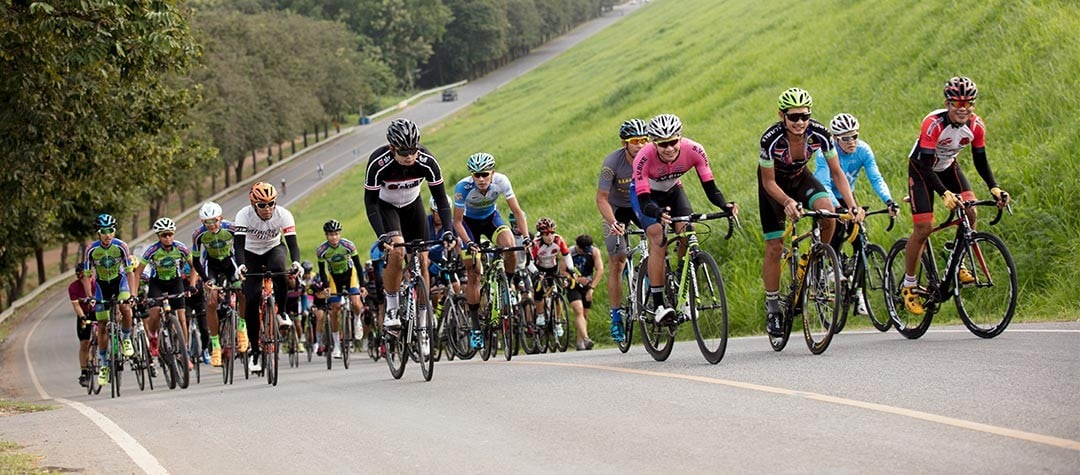Looking at getting a bike but not sure what type to buy? We’ll help you decide which bike will best suit your purposes.
So, you’ve made the decision to get out and ride. You’re motivated, determined and eager, but the old bike in the shed you haven’t ridden for years is tired, rusty and just about past it. Or it could be that you’ve never owned a bike before and you’re totally new to the game. Either way, you need some wheels, but with so many types of bicycle available these days, all with a unique purpose and selection of features, the sheer scale of choice can be a little daunting.
Firstly, before just going out and buying any old bike you need to identify the type of riding that you are primarily going to be doing. Is it just a short distance to the shops? A 10-mile commute through a busy city? Are you planning to ride along a country canal path at the weekends? Maybe the Tour de France has inspired you and you’re looking to build up to riding a sportive or perhaps you fancy an off road challenge along some forest paths and routes? Getting this right will heighten your experience of riding no end, as well as being safer, more physically efficient and even cost effective.
It’s important to note that, like most things, you get what you pay for and this is certainly true when buying a bike.
It’s important to note that, like most things, you get what you pay for and this is certainly true when buying a bike. Obviously you will have a set budget, but my advice is to go for the best that you can afford as this will be a far better investment. The components will be of a better quality, they’ll last longer and you’ll get a more superior quality of ride.
Okay, now you’ve established where you’ll be pedalling the most so let’s have a closer look at some of the most popular types of bikes available and the terrain/style of riding best suited to them.
Road Bikes
As the name suggest these bikes are suited primarily for road riding. They’re lighter than most other bikes and built primarily for speed. Most have a wide range of gearing suited to flat or hilly terrain with traditional drop ‘racing’ handlebars and narrow, lighter tyres. They’re suitable for commuting and longer endurance type rides on the road.
Do your research and consider a frame that is relaxed and less ‘aggressive’.
A feature of the road bike market of recent years is the addition of bikes with far more relaxed geometry, giving a more comfortable ride. If you’re looking for a road bike but are quite new to the sport, my advice would be to do your research and consider a frame that is relaxed and less ‘aggressive’. By this I mean that the body position which experienced riders adopt on a road bike is generally very low frontally, one that could cause back problems if adopted without consideration. Your local bike shop will explain this in more detail and show you the frame options available.
Mountain Bikes
(MTB) These are generally heavier than road bikes and most now come with some sort of suspension system that provides comfort and stability on rough terrain. The gear ratios are very wide to enable riding over the most challenging terrain at slower speeds. They have a far more rugged look with wider nobbled tyres for added grip. They are best used on off road tracks but by simply swapping tyres they can be used with relative efficiency on tarmac too.
Hybrid Bikes
These are a cross between an MTB and road bike as the name suggests. The position you adopt is similar to an MTB in that you are relatively upright, offering more comfort if you aren’t used to the more aggressive position of a road bike. The wheels are generally the same size as those used on a road bike, but have tyres that sit midway between road and MTB and offer the comfort afforded by an MTB with improved rolling resistance. They’re suitable for commuting, town riding, bike paths/tracks and less challenging off road riding.
Town Bikes
These traditional upright ‘shopper’ type bikes are ideal for the shorter commute or flattish rides into town. They generally have fewer gears than other bikes but are built for comfort rather than speed. Many come equipped with mudguards, lights and racks so are the ideal ‘about town’ package.
Bike Fit
Make sure you get a bike that fits you. This sounds obvious but we see so many people riding who are on the wrong sized bike. It’s uncomfortable, inefficient and can be dangerous, resulting in your whole ride experience being negatively affected. Your local bike shop will be able to advise you on getting the size that’s right for you. In fact ‘ bike fitting ’ is now an industry in itself as an increasing number of riders look to optimise their position.
Essential Extras
As well as the bike itself the best advice would be to purchase a basic set of tools and spares , just enough to be able to get you through a simple roadside repair or bit of home maintenance. It won’t cost a fortune but it will save you a lot of hassle including those dreaded calls home to loved ones to come and rescue you from the side of the road.
Ideally this kit would include a pump, tyre levers, spare inner tubes, patches, bike lock and simple multi tool. Don’t forget a decent set of lights too if you’re riding in low light or darkness.
Picture credit: pio3 / Shutterstock.com















